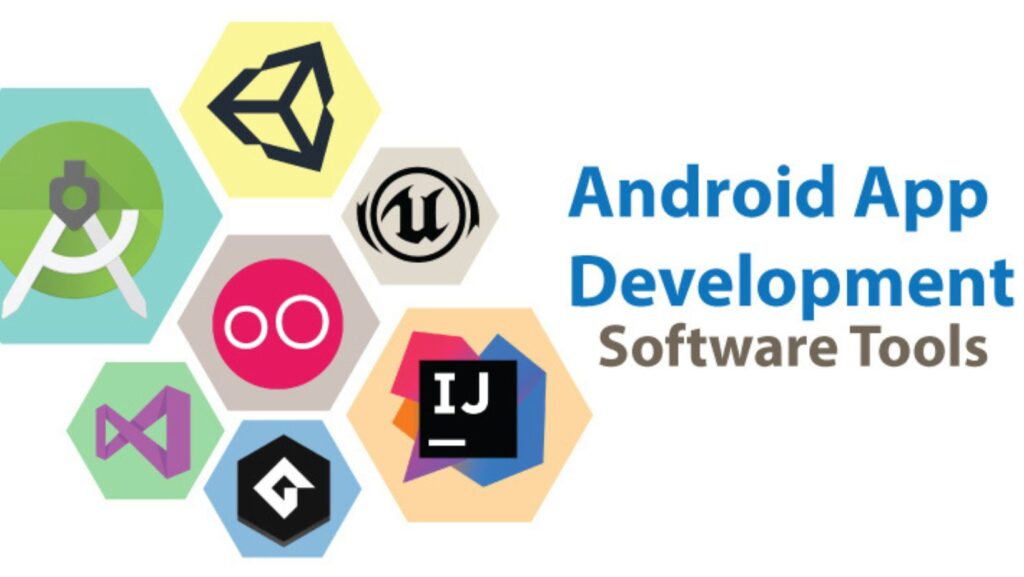App Development Software
When delving into the realm of app development software, one is met with a vast array of tools and platforms designed to streamline the process of creating mobile applications. These innovative solutions cater to both seasoned developers looking to expedite their workflow and beginners seeking user-friendly interfaces to kickstart their app-building journey.
Navigating through the diverse landscape of app development software can be a daunting task, given the multitude of options available in today’s market. From robust integrated development environments (IDEs) like Android Studio and Xcode to more accessible drag-and-drop platforms such as Appy Pie and Thunkable, each tool offers unique features tailored to different skill levels and project requirements.
As an avid developer constantly exploring new avenues for innovation, I find that staying informed about the latest trends and advancements in app development software is crucial for honing my craft. With technology evolving at a rapid pace, adapting to emerging tools and techniques becomes essential in delivering cutting-edge mobile applications that resonate with modern users.

Understanding App Development Software
When diving into the realm of app development software, it’s crucial to grasp its significance in the digital landscape. App development software serves as a toolbox for developers, equipping them with the necessary tools to bring innovative ideas to life through mobile applications. These software solutions streamline the coding process, providing frameworks, libraries, and interfaces that simplify complex tasks and enhance efficiency.
One key aspect to understand about app development software is its versatility across platforms. From iOS and Android to web applications, these tools offer cross-platform capabilities, allowing developers to create applications that can run seamlessly on various devices. This flexibility not only saves time but also enables targeting a wider audience base without compromising on user experience.
In addition to platform compatibility, app development software plays a vital role in accelerating time-to-market for apps. By offering pre-built templates, drag-and-drop features, and debugging tools, developers can expedite the development cycle without compromising on quality. This agile approach not only reduces costs but also allows for rapid prototyping and iteration based on user feedback.
Moreover, understanding the scalability of app development software is crucial for long-term success. As apps evolve and user bases grow, these tools provide scalability options that ensure smooth performance even under high loads. By leveraging cloud services and scalable architectures, developers can future-proof their applications and adapt them to meet changing market demands effectively.
Lastly, keeping abreast of emerging trends in app development software is essential for staying competitive in the ever-evolving tech industry. From AI integration and IoT connectivity to low-code platforms and blockchain technology, staying informed about the latest advancements empowers developers to create cutting-edge solutions that resonate with modern users’ needs.
By delving into the intricacies of app development software’s functionality across platforms, its impact on speed-to-market strategies, scalability considerations, and trending innovations shaping the industry landscape – one gains a holistic perspective on harnessing these tools effectively in today’s dynamic digital ecosystem.

Key Features to Look for in App Development Software
When choosing app development software, it’s crucial to consider key features that can streamline the development process and enhance the quality of your applications. Here are some essential features to look for:
Intuitive User Interface
An intuitive user interface is vital for developers of all skill levels. Look for software that offers a user-friendly interface with drag-and-drop functionality, easy navigation, and customizable layouts. A clean and organized UI can boost productivity and make app development more efficient.
Cross-Platform Compatibility
In today’s multi-device environment, cross-platform compatibility is a must-have feature. Ensure that the app development software supports multiple platforms such as iOS, Android, and web applications. This capability allows you to reach a broader audience without having to build separate versions of your app from scratch.
Built-in Templates and Libraries
Built-in templates and libraries can save developers time by providing pre-designed elements such as UI components, icons, and code snippets. These resources not only accelerate the development process but also ensure consistency across different parts of the application.


